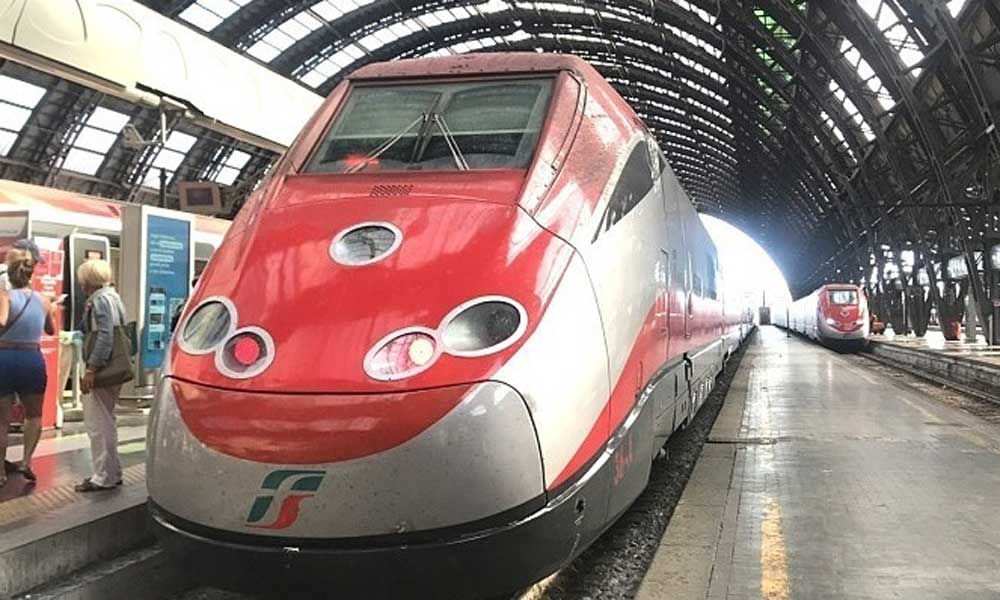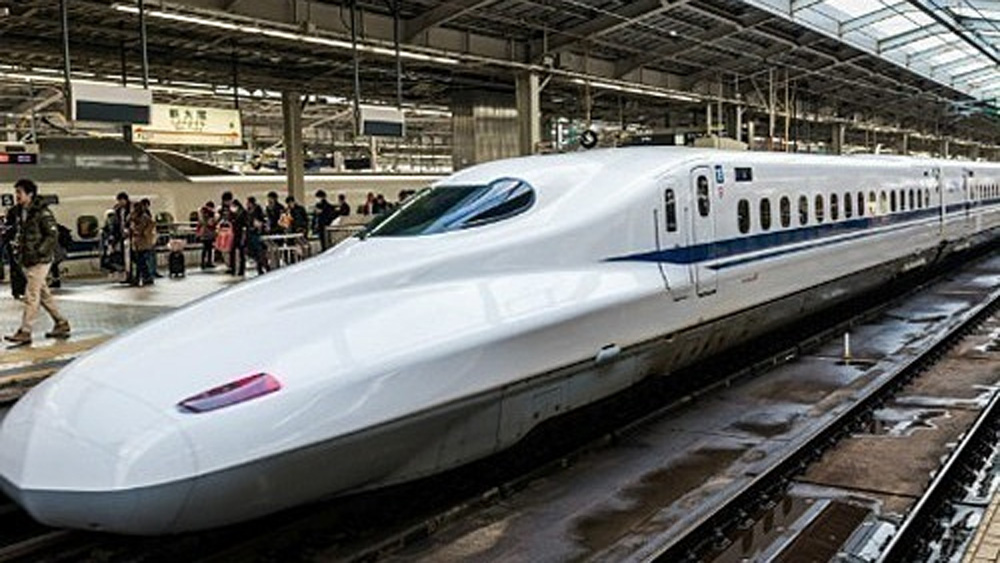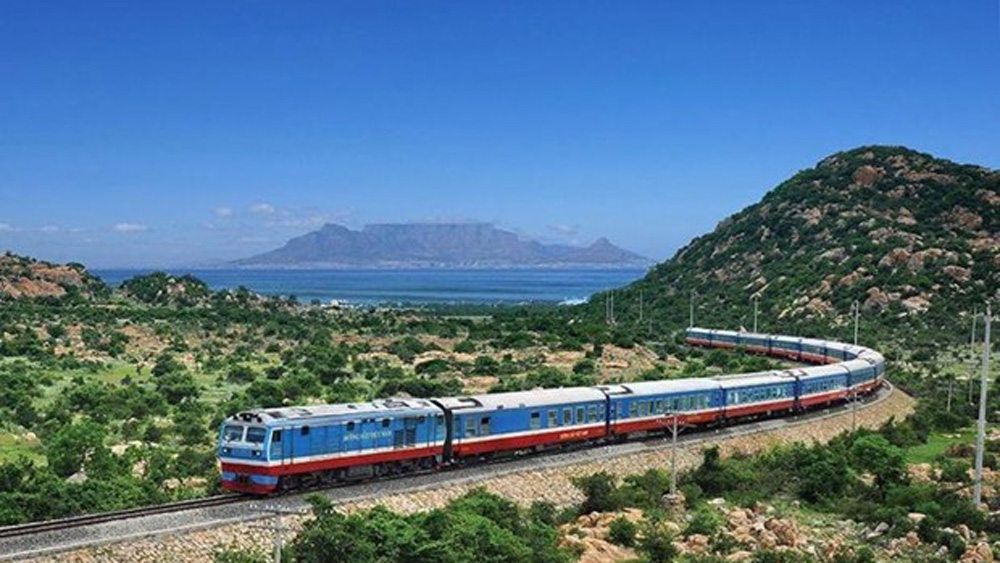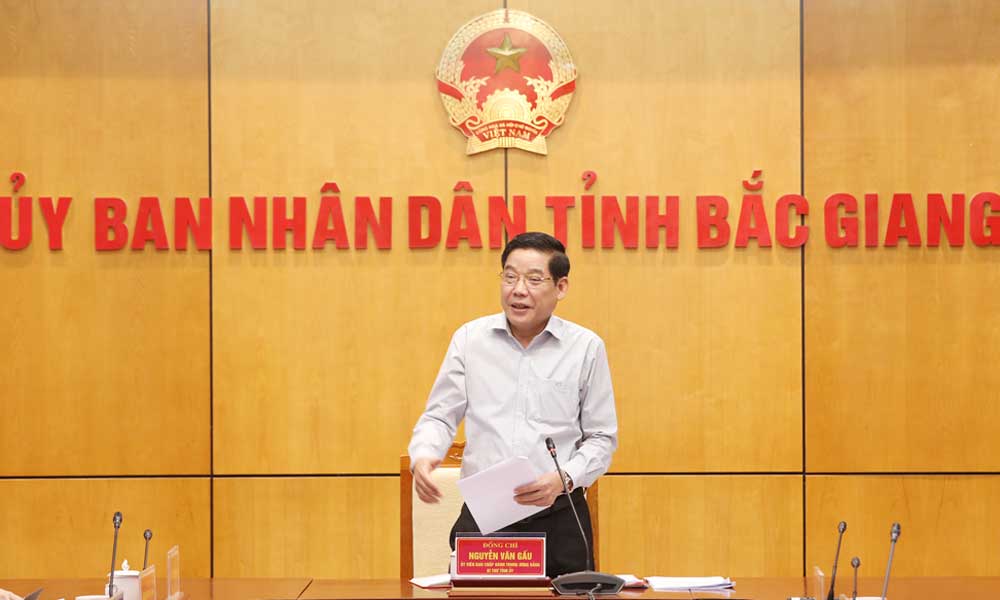North-south high-speed railway minimizes foreign labor dependence
With the development of the high-speed North-South railway project, the focus has turned to training a local workforce to minimize dependence on foreign expertise in express rail operations, an official said.
Vu Hong Phuong, director of the Railway Project Management Unit, the Ministry of Transport has instructed relevant agencies to develop a workforce training plan as part of the project proposal.
 |
|
A high-speed train in Europe. |
This plan includes early-stage training initiatives, allowing personnel to become familiar with the types of technology and management work needed once the project receives approval.
Preliminary estimates indicate that the project will require approximately 180,000 workers for construction, 13,880 operation staff, 700 management personnel, and around 1,200 consulting engineers.
To meet these demands, a multi-tiered training program has been devised, encompassing domestic training, overseas training, and a hybrid model. It offers four levels of qualification – technical workers, engineers, master's, and doctoral levels – targeting the five key groups of state agencies, project management units, operations units, training institutions, and research institutions.
The Politburo and the Party Central Committee have approved the project, assigning the Government to present a proposal to the 15th National Assembly at its 8th session scheduled to commence on October 21.
In the project's pre-feasibility study, the Ministry of Transport proposed a 1,541-km high-speed railway with a designed speed of 350 km/h.
The 1,435-mm gauge-line dual-track will be electrified, with a total estimated investment of US$67.34 billion.
Traversing 20 provinces and cities from Ngoc Hoi station in Hanoi to Thu Thiem station in Ho Chi Minh City, the line will include 23 passenger and five cargo stations at key freight hubs.
 Bắc giang
Bắc giang
.jpg)














Reader's comments (0)